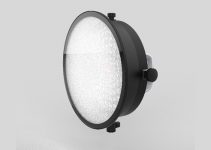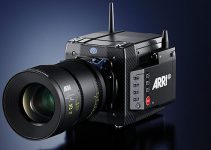Whether you are an independent filmmaker, documentarian, or corporate videographer there is a high likelihood that you will end up shooting in a location that you aren’t familiar with or that is less than ideal for your dream image.
That doesn’t mean you won’t be able to make it work. It is possible to get a “cinematic” shot in nearly any location.
Filmmaker Alex Zarfati has some tips on working with any location. Even if you don’t have any control over the area or what will be there and potentially get in the way you can find a way to make it work for you.
Planning
Being prepared is one of the best ways to make unknown locations work for you. There are lots of ways to go about this, including mentally.
In a recent shoot, Alex decided he needed to set some rules on how to shoot a specific scene. He came up with a style with minimal camera movement and a shallow depth of field to create a consistent look.
Making rules can help guide you as you move from shot to shot. Think about how you can best visually tell the story and what guidelines you should stick to as you work.
Make sure you consider how things like movement will affect the feel of the image. In his examples, Zarfati locks off the camera for the calm moments and then goes totally handheld for the action-filled scenes.
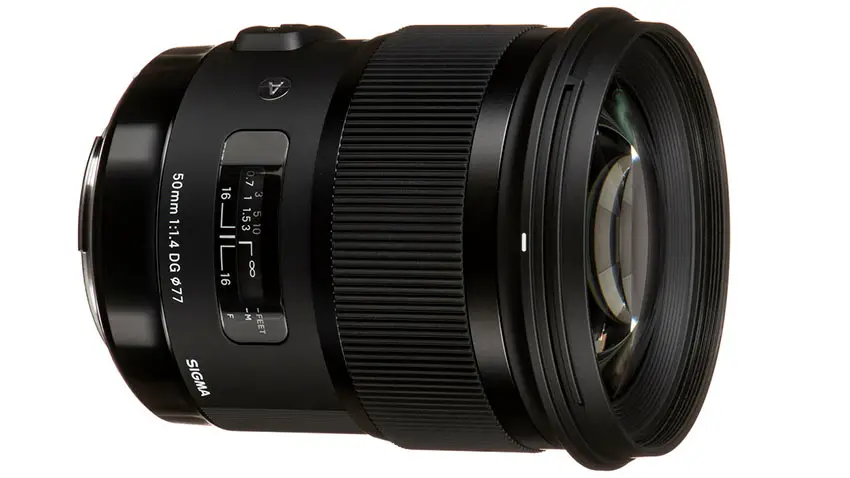
Image Credit: Sigma
Gear
He also makes sure he has a good set of equipment that can help him get the look he wants. One of the main choices is a big, powerful light.
In this case, it is the GVM SD650B Pro Series LED Light. It is powerful and can take some modifiers.
It’ll let you transform the scene as you need and the more power they have the more versatile they will be in more locations. Having one or two of these is key.
Next on the list is a prime lens. Zooms are versatile, but primes usually will have a couple of key advantages while also making you think more about how you shoot.
The benefits are that they tend to be sharper than zooms and often have faster apertures.
This means you can get the shallow depth of field found in more “cinematic” shots. The fixed focal length also makes you move around more and think more about getting each shot.
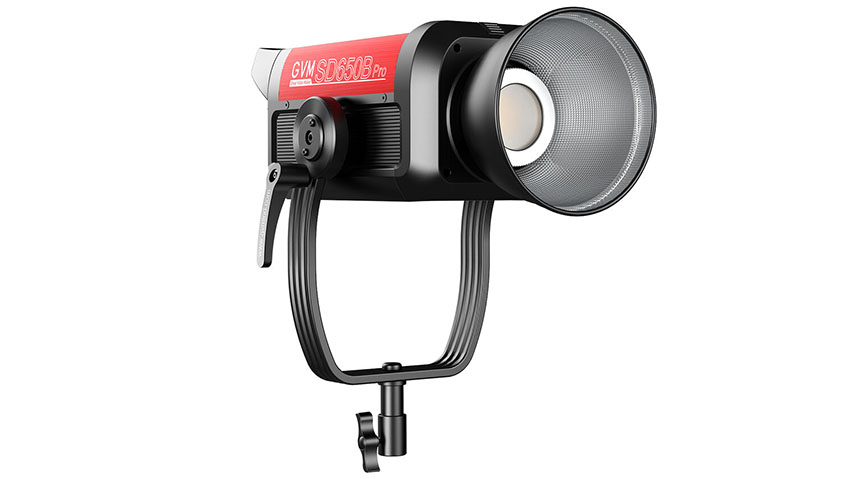
Image Credit: GVM
Need a lens recommendation? Go with the classic 50mm.
If you want to create a distinct look you might want to add a haze machine to your kit. When combined with lighting and good camera techniques, a haze machine can help add depth to your image. It’s also a way to create those awesome-looking light rays.
A Cinematic Look
Getting that cinematic look is often the mission of many filmmakers. The simplest description he has for creating this is to put the subject between the camera and your key light.
Filming on the dark side of your subject creates shadows and depth that can make things more interesting.
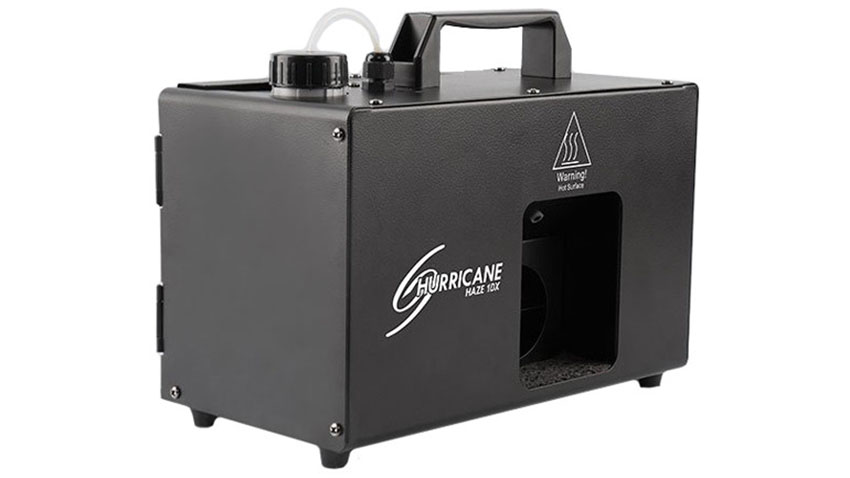
Image Credit: CHAUVET
You’ll also want to control the location as much as you can. This may be a lot or almost none depending on each location. Working with what is already in the space is a good place to start.
Moving some furniture, making use of existing architecture, and using your own equipment are all options for you.
Using the strengths of the location also gives the scene a more complete view of the scene and where your subject sits within it.
Don’t be lazy. Take the time to walk around the location, make sure you actually set up equipment if you can, and try to make the location elevate your images.
How do you handle heading to an unknown location?
[source: Alex Zarfati]
Order Links:
- GVM Pro SD650B Bi-Color LED Light (B&H, Amazon)
- CHAUVET DJ Hurricane Haze 1DX Haze Machine (B&H, Amazon)
- Sigma 50mm f/1.4 DG HSM Art Lens (B&H, Amazon)
Disclaimer: As an Amazon Associate partner and participant in B&H and Adorama Affiliate programmes, we earn a small comission from each purchase made through the affiliate links listed above at no additional cost to you.


